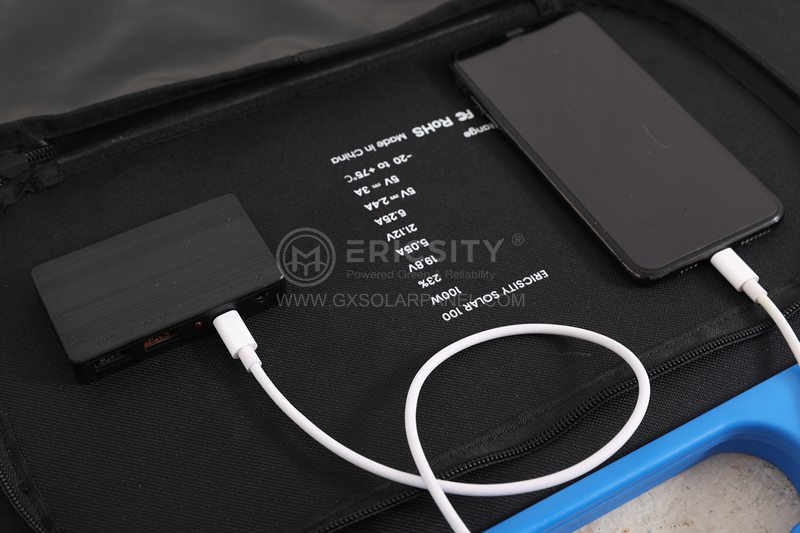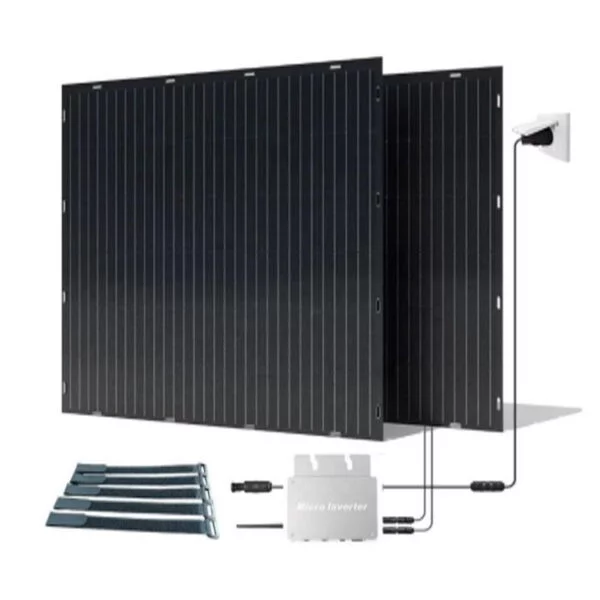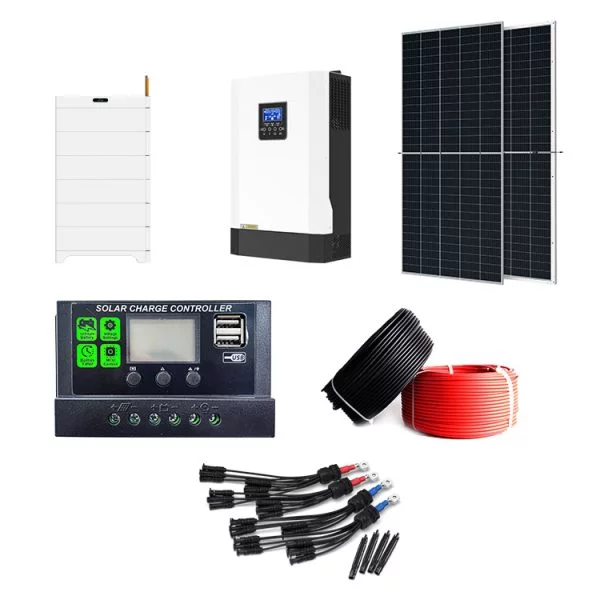HOT PRODUCT
Product Details
Breaking Down The Costs: Factors That Determine 48v Flexible Panel Prices
Title: Breaking Down The Costs: Factors That Determine 48v Flexible Panel Prices
Introduction:
In recent years, advancements in renewable energy technology have paved the way for the adoption of solar panels as a primary source of power. One such innovation is the 48v flexible panel, which offers several advantages such as enhanced flexibility, increased durability, and higher energy efficiency. As more consumers and businesses turn to these panels, understanding the factors that determine their prices becomes crucial. In this article, we will explore the key elements that contribute to the cost of 48v flexible panels.


1. Solar Cell Efficiency:
The efficiency of solar cells is a fundamental factor that impacts the price of 48v flexible panels. Higher efficiency solar cells convert a greater proportion of sunlight into electrical energy, resulting in enhanced power output. However, manufacturing high-efficiency solar cells involves more complex and expensive processes, which directly affects the overall cost of the panels. Manufacturers often invest in research and development to improve cell efficiency, driving prices higher.
2. Material Quality:
The quality of materials used in the production of 48v flexible panels significantly influences their price. High-quality materials offer better durability, longer lifespan, and increased energy generation capacity. For instance, advanced materials like monocrystalline silicon are known for their excellent performance, but their production costs are higher compared to traditional options. The use of premium materials also ensures panels can withstand harsh environmental conditions, making them a more reliable long-term investment for consumers.
3. Manufacturing Technology:
The manufacturing technology employed by solar panel manufacturers plays a vital role in determining the final price. Advanced manufacturing processes, such as thin-film deposition or laser scribing, require specialized equipment and expertise, leading to higher production costs. Conversely, companies that utilize outdated or less efficient technologies may produce panels that are more affordable but offer lower overall performance and durability.
4. Scale of Production:
The scale of production is an essential factor when it comes to pricing 48v flexible panels. Larger manufacturers can take advantage of economies of scale, allowing them to produce panels more cost-effectively. They can negotiate bulk discounts on raw materials and purchase equipment in larger quantities, ultimately reducing the production cost per unit. As a result, customers may find lower prices from manufacturers with larger production capacities.
5. Research and Development:

Significant investments in research and development (R&D) contribute to the costs of 48v flexible panels. Manufacturers who dedicate resources to improving the efficiency, durability, and overall quality of their products often incur higher expenses. However, R&D efforts also lead to advancements that benefit the consumer, such as increased panel longevity and enhanced performance in low-light conditions. These advancements can justify the higher price tag for consumers seeking higher performance and reliability.
6. Supply and Demand:
The basic principles of supply and demand drive the prices of 48v flexible panels, just like any other product. Increasing demand and limited supply can lead to higher prices, especially during periods of high demand or when supply chains are disrupted. Conversely, market saturation or increased competition can result in lower prices for consumers.
Conclusion:
Understanding the factors that contribute to the cost of 48v flexible panels is vital for both consumers and industry professionals. Factors such as solar cell efficiency, material quality, manufacturing technology, scale of production, research and development, and supply and demand all impact the pricing of these panels. By considering these factors, consumers can make informed decisions when purchasing 48v flexible panels, taking into account their specific needs and budget while prioritizing long-term benefits and performance. As the solar industry continues to progress, advancements and innovations may further shape the market, potentially influencing the prices of these panels in the future.




